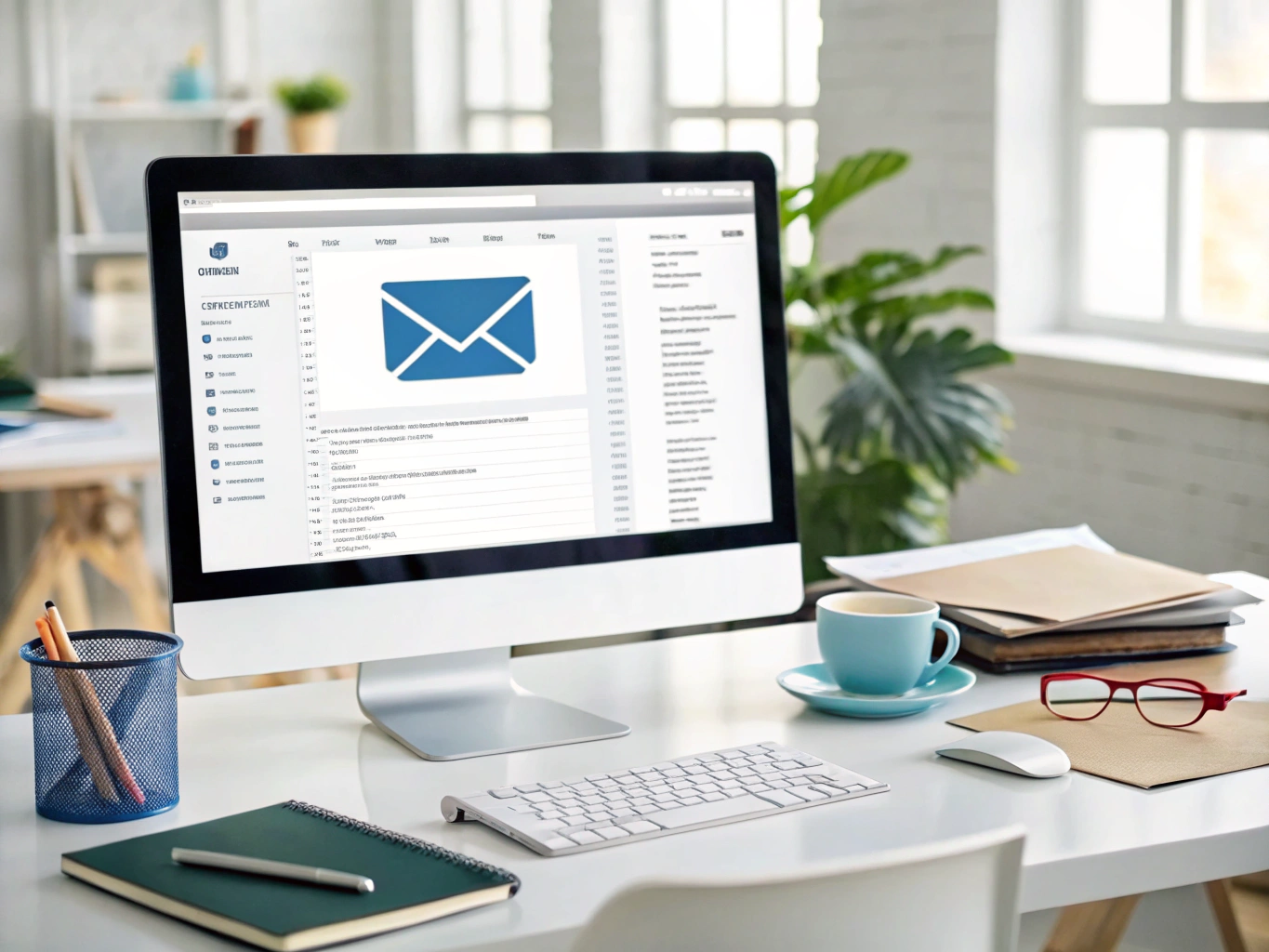This email serves as a tool for HR professionals to initiate contact with potential candidates for a designer position. It is particularly useful when you identify a need to fill a role and want to reach out to qualified individuals who may not be actively job hunting but could be interested in new opportunities.
Template Email
Email subject line: Exciting Designer Opportunity at [COMPANY NAME]
Dear [CANDIDATE NAME],
My name is [NAME OF RECRUITER], and I am with [NAME OF COMPANY]. I hope this message finds you well.
I came across your profile on [SITE/SOURCE] and was impressed by your experience and skill set. I am currently looking for a talented Designer to join our team at [NAME OF COMPANY], and your background seems like a great fit.
If you are open to exploring this opportunity, I would love to discuss it further with you. Would you be available for a brief call this week? I can be flexible with timing, but I was thinking [DAY & TIME]. If that doesn’t work for you, please let me know your availability, and we can find a suitable time.
Thank you for considering this opportunity. I look forward to hearing from you!
Sincerely,
[SENDER NAME]
[TITLE]
[CONTACT INFORMATION]
Why does it matter?
Establishing a clear communication strategy when reaching out to designer candidates is crucial for sourcing high-quality talent. A well-crafted email not only showcases your professionalism but also reflects positively on your company. This approach helps build a strong talent pool, ensuring that when a position opens up, you have access to a diverse range of qualified candidates ready to contribute to your team’s success.
When to send?
This email should be sent as soon as you determine the need to source candidates for a designer position. Whether you are expanding your team or replacing a departing employee, early communication can help you secure the best talent before they are snatched up by competitors.
What to include?
- Your name and title
- The title of the open designer position
- The name of your company
- Where you found the candidate (e.g., LinkedIn, portfolio website)
- Proposed days and times for a follow-up conversation
- Contact information for easy follow-up
Best Practices
- Personalize the email by mentioning specific projects or skills that attracted you to the candidate.
- Keep the tone friendly and approachable to encourage a positive response.
- Follow up if you don’t hear back within a week, as many candidates may overlook initial emails.
- Be clear about the next steps and what the candidate can expect during the recruitment process.
Common Mistakes to Avoid
- Using a generic email template that lacks personalization—candidates can easily spot this and may not respond.
- Failing to clearly state why the role is appealing and what makes your company unique.
- Not including a clear call to action regarding scheduling a conversation.
- Overloading the email with too much information—keep it concise and focused on the opportunity.




